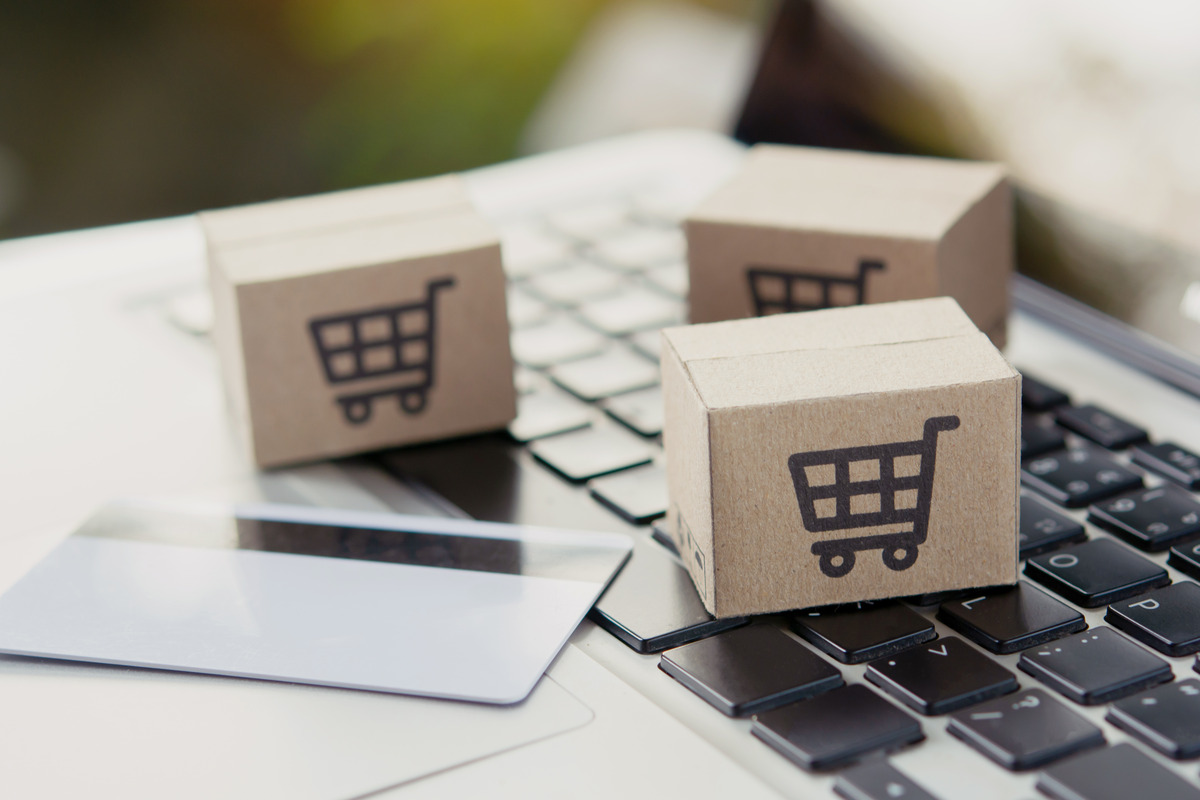Just ask any distributor of FMCG products or a wholesaler of consumer goods- What is the biggest pain point in importing from international suppliers? Invariably majority of importers will mention packaging constraints on the FMCG product list.
Packaging supplier plays an extremely important role in entire supply chain especially as more and more 3PL (3rd Party logistics) are adding packaging services to their offered scope. Manufacturers of Consumer goods today formulate export strategy not only to confirm importing regulations but also design of packaging to simplify warehousing, distribution & delivery.
Recycle of Packaging Material.
In real world it is difficult to estimate recycling rates however simple approximations suggest plastic packaging recovery rates of around 28% in the United States, 40% in Europe as compared to 80% for paperboard or metal/glass packaging.
Many countries have already put in place regulations for the import of FMCG products to meet certain recycling criteria before they are export clearance at ports. Moreover, simplicity in storage and distribution of FMCG products is also influencing the brand choices of C&F Agents and wholesalers.

Consumer Goods companies are including sustainability goals in their mission statements & CSR objectives to measure progress & create an environmentally friendly image. Brand choices and awareness of the new generation are also pushing FMCG suppliers to commit and implement sustainability goals.
Labeling and printing materials such as ink, stickers etc. also plays an important role to attract the attention of consumers on display shelves of FMCG products. The food & beverage segment accounts for the largest share in the packaging printing market, keeping in view changing trends & demand for food packaging.
The FMCG retailers need to explore the growing trend of digital printing on food packages to communicate the shelf-life, composition, and nutritional value of the product as per local regulatory requirements.
Digital printing and 3D printing offers in house flexibility to generate prototypes improving productivity and customization to suit product type and characteristics. 3D printing certainly holds tremendous potential for packaging options of consumer goods wholesalers and F&B franchise at the point of sales (POS). The new technology also provided a window to create new materials and test them for recyclable and environmentally sustainable packaging options at fraction of cost and the least downtime.
The change towards sustainable packaging is inevitable and soon governments will also be forcing the change to implement the will of people demanding actionable regulations in line with climate change commitments Manufacturers, franchisors, exporters in the FMCG segment can stay ahead by becoming part of an exclusive network on selloverseas.com and connect with like-minded communities and be ready for the future.